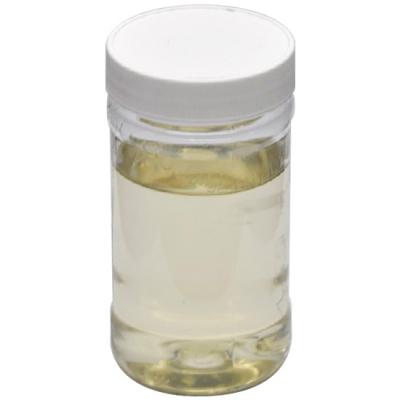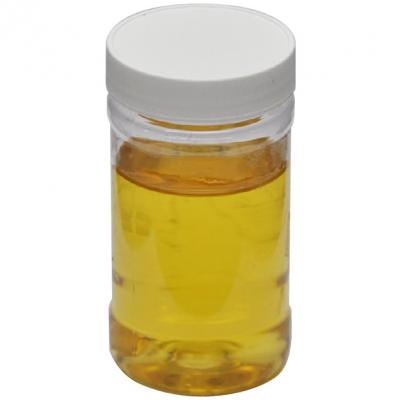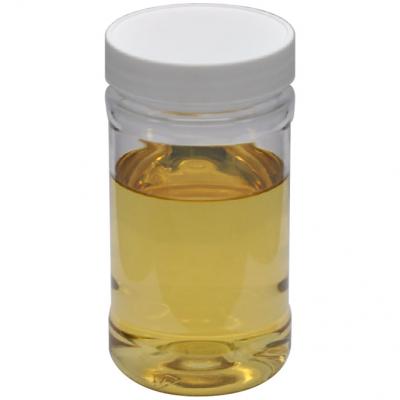Adding a small amount of surface active agent in textile printing and dyeing applications can change the interface state of the solution system obviously. There is fixed hydrophilic oil-philic group in the surface active agent that can be oriented on the surface of the solution. The molecular structure of surfactants is amphiphilic: there is hydrophilic group on one end and hydrophobic group on another end. The application of surfactant in acrylic fiber textile processing mainly includes the following aspects:
Ⅰ. Application of pretreatment auxiliaries
The pretreatment auxiliaries used in the scouring of acrylic pure textiles are generally non-ionic detergent (such as detergent W) and anionic detergent (such as detergent LS, detergent ES, etc.). If the pulp on the fabric is water-soluble chemical pulp such as polyvinyl alcohol, polyacrylic acid, carboxymethyl fiber, etc., it has been removed during the scouring process. The starch slurry is desizing with amylase. Cationic additives can be used for scouring colored fabrics. If scouring with cationic additives, the degreasing effect is not as good as non-ionic or anionic additives, but the fabric has better hand feeling and luster, which is suitable for cleaner pure acrylic fabrics. Because acrylic fiber does not contain natural impurities, it has good whiteness. If you want to further improve the whiteness and remove the impurities on the fabric, you can do bleaching and fluorescent whitening. It is better to use sodium chlorite as a bleaching agent during bleaching because it has a desizing effect.
Ⅱ. Application of dyeing auxiliaries
Acrylic fiber is easier to dye unevenly than cotton, wool and other chemical fibers, especially with cationic dyes. Special textile dyes and chemicals mainly include cationic and anionic auxiliaries. Sometimes some inorganic salts and organic compounds can also be used as dyeing auxiliary.
Ⅲ. Application of printing auxiliaries
Printing auxiliaries are used for whitening printing of acrylic fabric dyed with dispersive dyes. In order to get better effect of whitening, it is necessary to add the whitening agent. Adding dispersive whitening agent DCB to the white drawing paste whitening agent can increase the whiteness of the white drawing printing. When printing with cationic dyes, Tartaric acid or citric acid is added to the printing pulp to prevent acetic acid volatilizing, rising the pH value, causing some cationic dye damage discoloration after printing and drying. Because both are non-volatile organic acids with high solubility point and high boiling point, the pH value of acrylic fabric can be kept in the acidic range after printing and steaming.
Ⅳ. Application of finishing agent
The finishing agent for pure acrylic fabric to anti-pilling is acrylate copolymer emulsion and silicone. After drying the processed fabric, acrylate copolymers bind the fibers in the form of punctate particles. Under the action of external force, the possibility of the fiber sliding out of the fabric surface is reduced, so it can improve the pilling. Organosilicon reagent forming a fine elastic membrane on the surface of acrylate copolymer particles and fibers, also improves the resistance to pilling.



 English
English  日本語
日本語  Español
Español  tiếng việt
tiếng việt  Türkçe
Türkçe  ไทย
ไทย  українська
українська  हिंदी
हिंदी  বাঙালি
বাঙালি  اردو
اردو 



